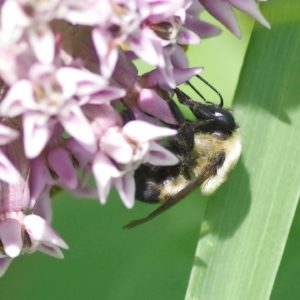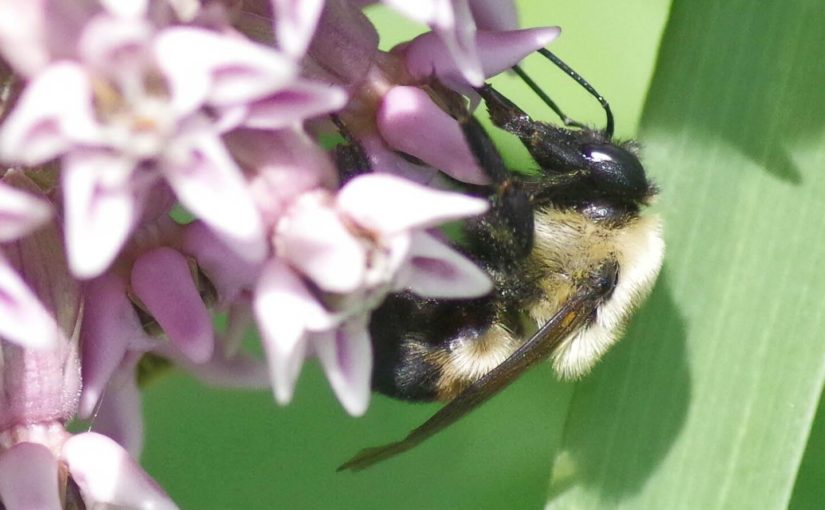As we have finally reached summer, more critters are out and about. At Student Health Services the faculty see bee stings, wasp stings, mosquito bites and the occasional tick bite most commonly over the summer.
The common insects that sting are bald face hornets, yellow jackets and honeybees. The common insects that bite are spiders, ticks, mosquitoes, horse flies, deer flies, black flies and sand flies, aka “no-see-ums.”
When bit or stung, students should watch the area and “look for any signs of infection such as prolonged redness or swelling … warmth to the area or in those cases of bee/wasp allergy, problems with breathing,” Theresa Wickenheiser, Student Health Service clinical manager and RN-BC, said.
“Spiders generally do not bite people unless they are provoked or threatened,” Alex Knudson, an insect diagnostician, explained. “The majority of spider species here in North Dakota and Minnesota are not of medical concern. If spiders do bite, their bite will usually swell up and turn red.”
Ticks typically remain attached for 10 days and then fall off. If they are removed before being attached for 24 hours, the chance of disease transmission is extremely low. Some itching and mild swelling can occur, but if a rash or ring develops, students should see a doctor for a Lyme disease test.
Bites from no-see-ums and black flies don’t swell up as much as mosquito bites, but itch for longer. Horse flies cut tissue when they bite, which makes them extremely painful and prone to infections due to the larger wound.

When near bees, walk slowly and keep calm to avoid getting stung.
“Stings from bees and wasps (hornets or yellow jackets) are painful locally; they have a central laceration that is surrounded by swelling and red color,” Knudson said. “Honeybees will actually leave their stinger in this wound, which causes them to die. Usually there are no adverse effects of bee and wasp stings, but anaphylactic reactions are common. Watch for hives, difficulty breathing and excessive swelling of appendages.” If that happens, you should see a doctor immediately.
You should see a doctor for any of the following: signs of infection, you have problems breathing, swelling of your mouth and tongue, swelling in fingers and toes that cause numbness, tingling or discoloration, fever, muscle aches or a rash related to the bite or sting. If there are none of those symptoms that require medical attention, then students can use over the counter antihistamines, topical preparations, such as hydrocortisone cream or ointment, and ice to the area can help.
According to Wickenheiser, wearing long sleeves, avoiding “outside areas with standing water, long grasses” and not “being around bee hives or wasp nests” can avoid run-ins with insects. Wickenheiser also recommends to “wear bug spray according to package instructions” and to “try to purchase one with Deet as this is most effective.”
“To avoid getting stung by wasps, wear light colored clothing, as bees and wasps are attracted to bright colors like red and yellow. Avoid heavily scented soaps and shampoo because some bees will be attracted to the floral scents,” Knudson explained.
If bees or wasps are present, students should avoid rapid movements and walk away without hitting or crushing the wasps or bees. They may sting you, which would release pheromones that bring more angry wasps.
Most insect bites and stings are relatively harmless to humans. However, there are some cases of allergic reactions. Mosquitos and ticks pose risks in North Dakota and Minnesota of transferring West Nile Virus and Lyme disease.
“Not all insects are pests to humans,” Knudson explained. Hoverflies, aka flower flies, look like bees and wasps, but don’t harm humans. They pollinate flowers, and larvae feed on insect pests. Crane flies are commonly confused as giant mosquitoes, but don’t harm humans and eat mosquitoes.
